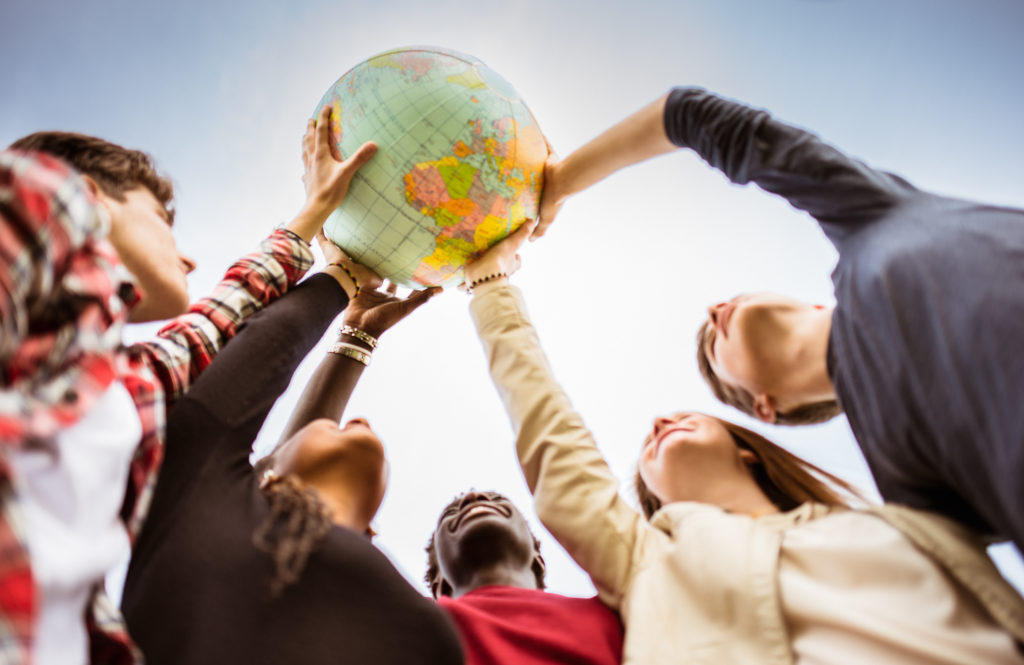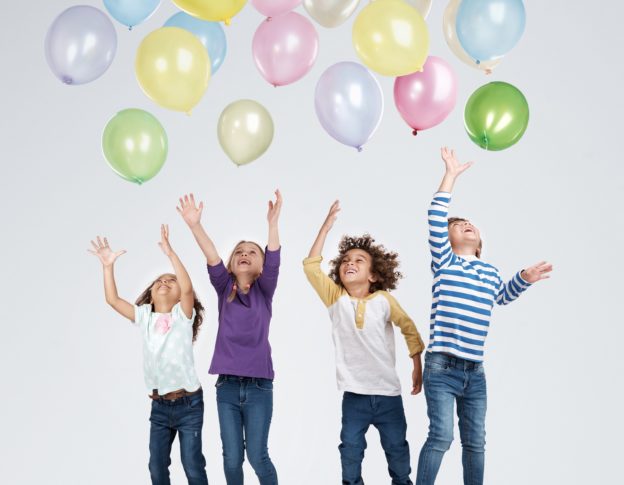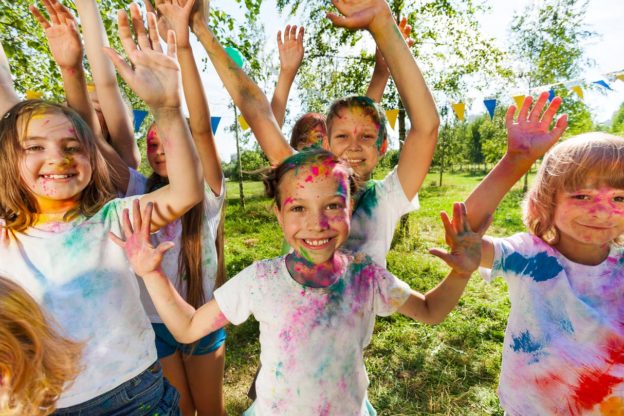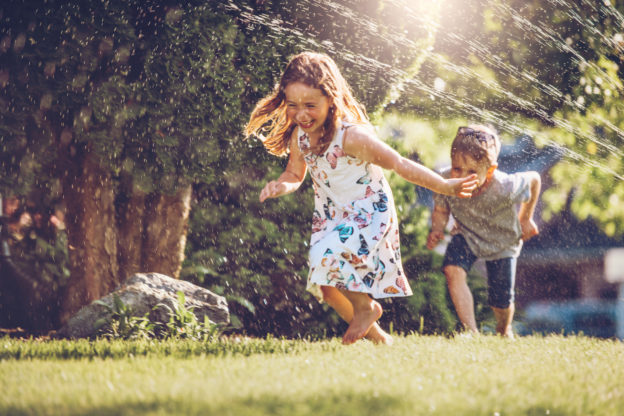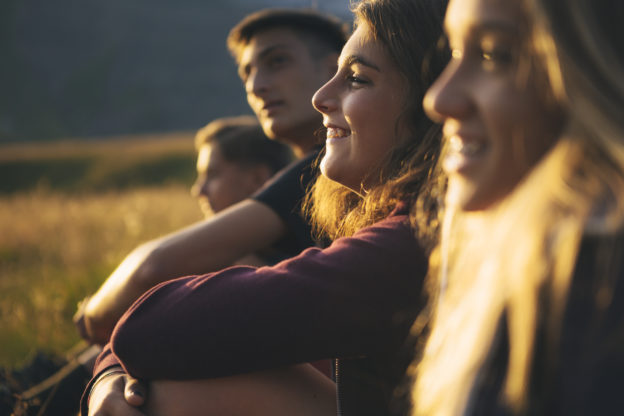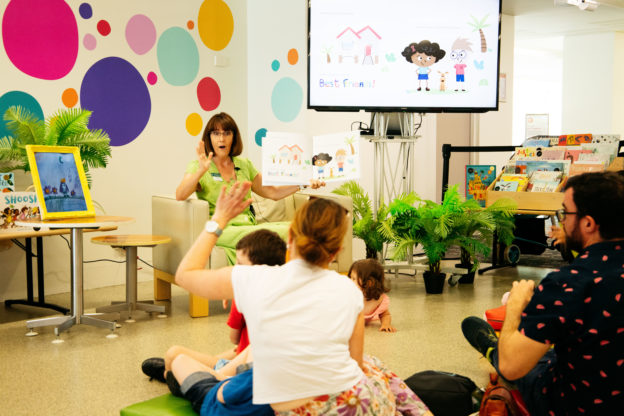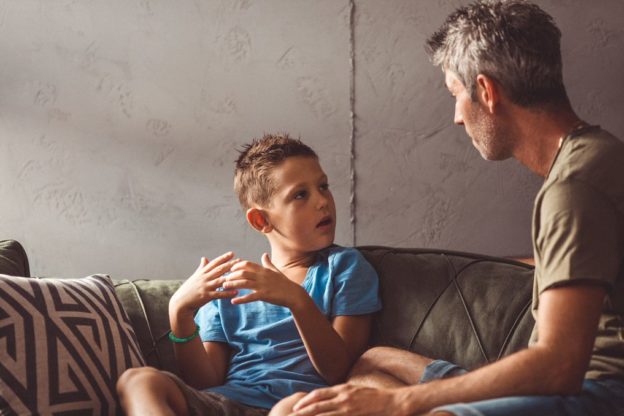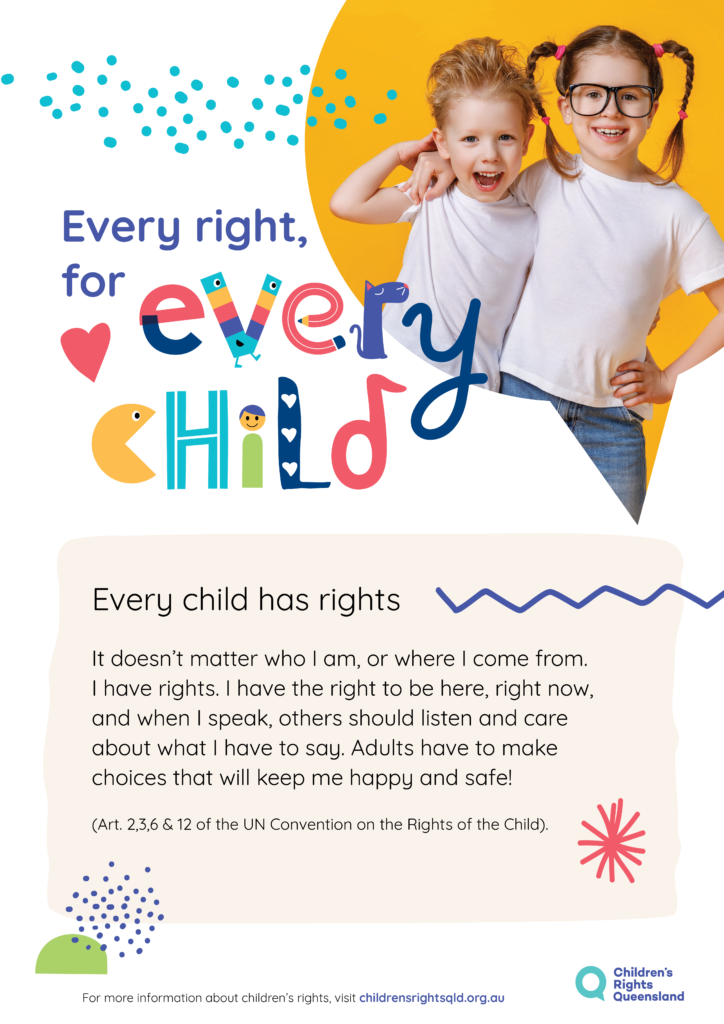Human rights are the standard protections and freedoms that belong to all humans. The United Nations Declaration of Human Rights recognises that children are more vulnerable and deserve the rights and freedoms of a childhood where they can learn, play, and grow up knowing they are happy, safe, and free of fear. These rights, set out in the United Nations Convention on the Rights of the Child give all children the opportunity to develop into the best person they can be. This landmark treaty is a commitment by world leaders to support and empower young people the world over.
So, what are the rights of a child? Let’s take a look.
The 12 key rights of the child
The United Nations Convention on the Rights of the Child (CRC) includes 54 articles that were created to provide safe and stable upbringing for children the world over. Included in the convention are 42 articles that highlight the direct rights of children and 12 articles that refer to how governments and international organisations can put these rights into action.
12 rights have been identified as the foundational rights, and these govern the treatment and rights of children in their day to day lives. As rights have been added or amended, these 12 are the constant behind all others in the convention. Focussing on health, education, and social services, it’s a great introduction into the wider UNCRC, and can be used as a starting point for children to learn and understand their own rights.
The Australian Human Rights Commission states that children have the right to:
- Be treated fairly no matter what
- Have a say about decisions affecting them
- Live and grow up healthy
- Have people do what is best for them
- Know who they are and where they come from
- Believe what they want
- Privacy
- Find out information and express themself
- Be safe no matter where they are
- Be cared for and have a home
- Education, play and cultural activities
- Help and protection if they need it
Everyone has a responsibly to look out for the children and young people in the community – protecting and enforcing these rights allows children to enjoy a full childhood and reach their potential.
A brief history of children’s rights
Why was the Convention of the Rights of the Child needed in the first place?
With unregulated work practices and global conflicts, the world over, the 20th century was a challenging time. The most vulnerable people during this period?
Children.
Thankfully, the United Nations came together to grant special protections for all children – no matter where they came from. Having already signed on to the landmark UN Declaration of Human Rights in 1948, which entitled ‘mothers and children’ to special care and assistance’ and ‘social protection’, governments realised that it needed to go further and outline and protect the unique rights of children, including the rights to education, to play, to grow up in a supportive environment and access health care.
It took almost 70 years of progress, but in 1989 the Convention on the Rights of the Child (CRC) was adopted by the United Nations. It formally recognised that when supported properly, children have a special place in our social, economic, political, civil, and cultural development as a society. And when we protect the specific rights of children – in all capacities – everybody is better off for it.
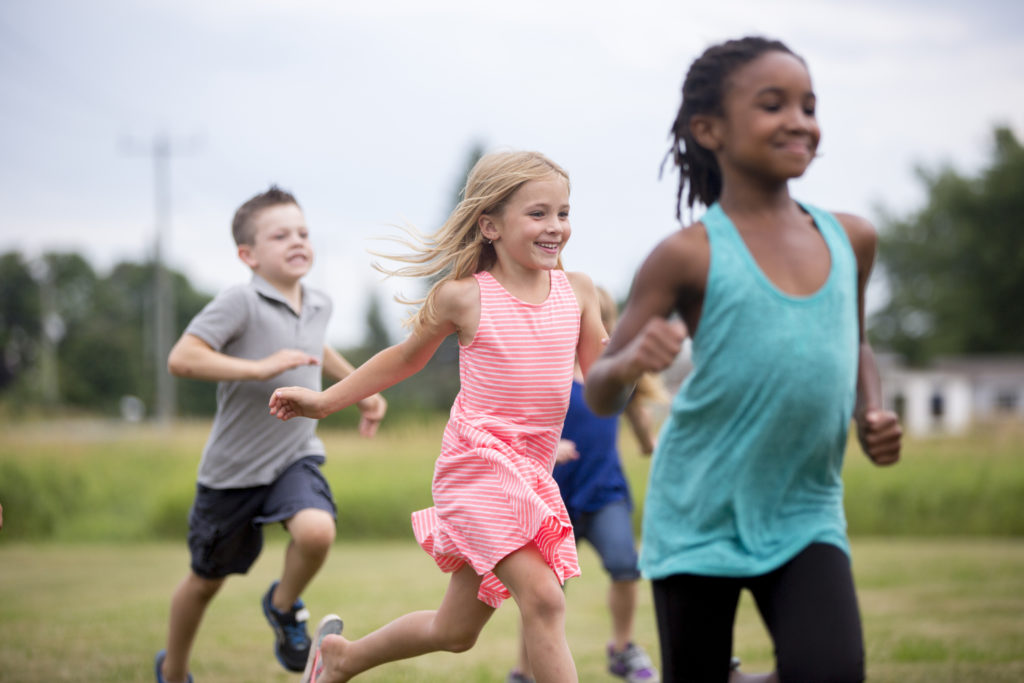
What are the principles of the Convention of the Rights of the Child?
Founded on respect for the dignity and worth of everyone, the four principles of the CRC play a massive role in shaping our attitudes towards children as equal human beings – something that’s unfortunately forgotten at times. It highlights the importance of childhood in shaping the adults they will become and helps bridge the gap between treating children as equals and being an active participant in upholding the special protections they are entitled to.
Non-discrimination
Every child deserves to be treated equally – it’s as simple as that. This principle guarantees that no child should be discriminated against in any form. It’s a fundamental right that ensures equal opportunities for all children. This principle is outlined in Article 2 of the CRC as:
“Each child (will be treated…) without discrimination of any kind, irrespective of the child’s parents or legal guardian, race, color, sex, language, religion, political or other opinion, national, ethnic or social origin, poverty, disability, birth or other status.”
Best interest of the child
As adults, we must look out for the children around us, and to keep them safe, healthy, and secure. This principle – found in Article 3 of the CRC – identifies the need for any organisation working with children to always have the child as their primary concern. All decisions must be made in the best interest of children, from policy makers through to local community-based organisations and carers.
Article 3 reads: “In all actions concerning children, whether undertaken by public or private social welfare institutions, courts of law, administrative authorities or legislative bodies, the best interests of the child shall be a primary consideration.”
Right to life, survival, and development
When we do our best to see children succeed, young people can achieve their full potential and thrive. Article 6 of the convention not only guarantees all children the right to life, it also outlines the right to healthy economic and social development for each child as well. With better education and more opportunities children can look forward to a brighter future.
Article 6 reads:
“Every child has the inherent right to life and shall ensure to the maximum extent possible the survival and development of the child.”
Respect for the views of the child
Without listening to children, there is no way of knowing how they are feeling or what they are wanting to express. This vital principle guarantees a child’s free expression of emotion and intelligence and promotes respect for everyone’s personal views. It gives children a voice in their homes and schools, as well as any formal government or judicial proceedings that may affect their wellbeing. It is laid out in Article 12 of the convention as:
“Each child is capable of forming his or her own views, (and has) the right to express those views freely in all matters affecting the child, the views of the child being given due weight in accordance with the age and maturity of the child.”
Over to you
Even though the many countries, including Australia have ratified the Convention of the Rights of the Child, there is still a lot of work to be done to make sure the rights of all children are protected. Increasing rates of mental health issues, including anxiety, self-harm and suicide in children are cause for concern and urgent action. The disproportionate rates of First Nations children in the care and criminal systems and the low age of 10 for criminal responsibility are continuing to reinforce cycles of disadvantage and inequality in First Nations communities.
Some recent initiatives, including the Royal Commissions into Child Sexual Abuse, the national inquiry into domestic violence and the increased funding and focus on mental heath initiatives since COVID-19 have been welcomed. But there is still more to be done.
We all have an opportunity to be a voice for children in our communities and encourage national action on the wellbeing of children in the community – through early intervention, addressing risk factors for homelessness, poverty and mental health and giving all children the opportunity to reach their full potential.
You can find out more about children’s rights and how to uphold them at UNICEF.
And if you liked this article please click on the links under the references below to share.
References
https://www.unicef.org.au/our-work/information-for-children/un-convention-on-the-rights-of-the-child
https://www.un.org/en/universal-declaration-human-rights/
https://www.unicef.org/child-rights-convention/convention-text
https://humanrights.gov.au/about/news/speeches/childrens-rights-australia-looking-back-and-moving-forward
https://humanrights.gov.au/our-work/childrens-rights/about-childrens-rights
https://www.unicef.org/child-rights-convention/history-child-rights
https://www.unicef.org/armenia/en/stories/four-principles-convention-rights-child

